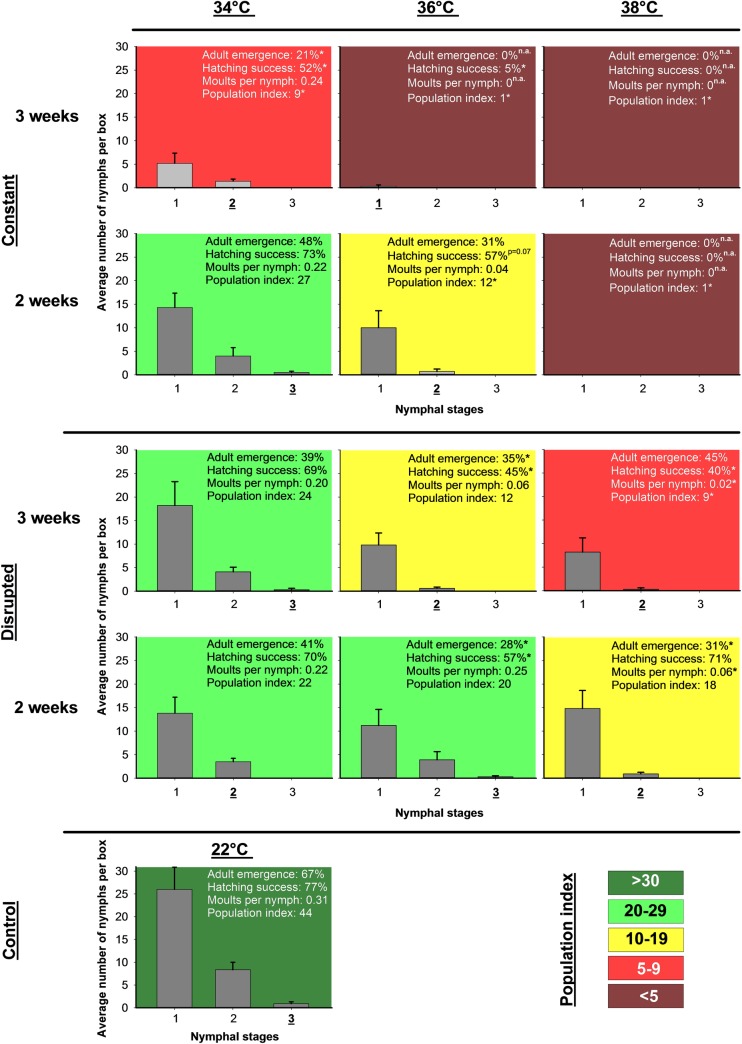Fig 3. Population development of Cimex lectularius after heat stress.
Population development in the 7 weeks after the different heat treatments in boxes that originally contained three females, three males and six fifth instar nymphs. All subplots show the number of nymphs produced in different stages with the highest development stage reached underscored. Given as text are adult emergence (percentage of fifth instar nymphs developing into adults), egg hatching success, number of molts per nymph and the population index ((number of nymphs produced per female + 1) × (maximum nymphal stage reached + 1) × (number of new adults developing from fifth instar nymphs + 1)). The population index is further visualised by the background colour of the subplots. The 38°C constant treatments are marked as not applicable (n.a.) because all the adults died during heat stress. * denotes significant difference relative to control (Dunnett’s method, p < 0.05).

